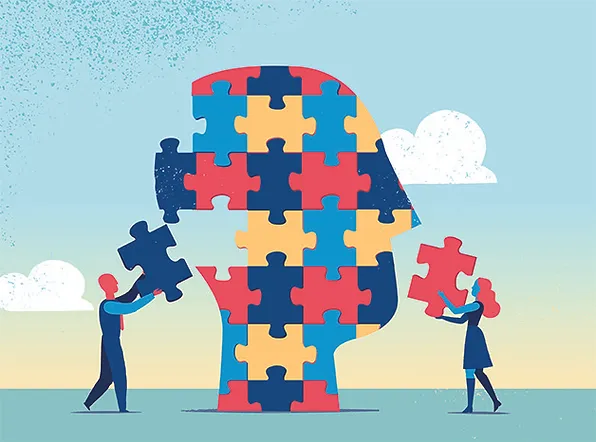The construction of identity in the digital world is a complex process with many determinants. Here are a few important questions.

Digital identity: In the digital world, people often create a digital identity or identity through the web, and this can be different when outside of a society. Social media, blogs, and other online Spaces are increasingly becoming available platforms for individuals to identify themselves by communicating content, using language, and participating in online activities.
Online interactions: Online interactions largely influence how people interact, how they engage in communities, and the relationships they build online, helping to shape their digital identities. It has become clear over time that people’s feelings, whether it is comments, messages, or content created for others to interact with, can shape their identity.
Visual: Visual elements such as capture impersonations, images, and multimedia play an important role in establishing identity systems. People’s shared vision reflects not only their appearance, but also their interests, values, and lifestyles.
Personal name: In the digital age, branding will become an important aspect of identity cultivation. People build their own brands, emphasizing the traits, skills, or hobbies that shape their own cyberspace and the image of others.
Private and Anonymous choices: The extent to which an individual is private, anonymous, or real in the digital space also influences the formation of identity. Some choose to make their personal information public, while others choose to maintain a degree of anonymity and adjust their online identities accordingly.
Digital footprint: Over time, the accumulation of digital activities creates a digital footprint. It’s a project that individuals create, share, and bring together online. Digital footprints are becoming persistent records that can influence how others perceive their identity, and thus their personal and job opportunities.
Influence on culture and subculture: The construction of digital identities is often influenced by cyberspace and subcultures, where individuals define themselves as a particular group and follow the language, symbols, and behaviors that correspond to the culture of the digital space.

Digital identities are not static over time. As people evolve, change, and accumulate new experiences, online identities change. Being able to serve as a platform for sustainable self-reflection helps to sustain evolution.

